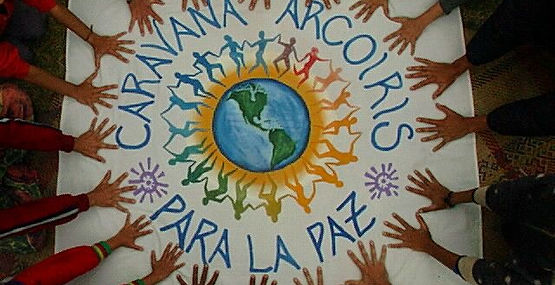
Our
Projects
Solving for Climate
So what, exactly, are our proposed solutions?
Carbon Cascades
Managed well, most forms of carbon can have very long tails. As labile carbon from photosynthesis, the tail moves from the soil food web and the exudates of fungi and bacteria into the roots, stems, and leaves of plants, or, in the case of marine life, from the nutrients brought to surface by whales to feed ocean gardens of algae and plankton. Some of this nutrient flow is consumed by animals and passed up a food chain until the organisms reach the end of their lives, die, and the carbon is returned to cycle around once again. There is no end destination, just a continuous cycle.
In a carbon cascade, a growing portion of the labile carbon cycle is diverted into recalcitrant carbon. In this more stable form it can pass through many useful stages as food, filter, fodder, or building materials before returning to the part of the cycle where the story began, the soil. During its transformation, useful services like heating, cooling, and power can also be generated. It can restore degraded lands and rebuild biodiversity. It can mitigate the effect of changing climate and ease or enable adaptation. Carbonized biomass might begin as soil nourishment for a small moringa tree, later becoming the twigs a family collects for daily cooking in a rural village (perhaps with stewed moringa leaves on the menu), before the family grinds the cinders for use in worm compost or once more as orchard fertilizer. In a cascade, carbon is retained, not squandered thoughtlessly. While it rebalances atmospheric and terrestrial carbon levels, it is also building a human culture better attuned to the rhythms and requirements of the natural world.
But wait, as they say, there’s more. The more we rebalance the carbon cycle, the more we can lengthen its tail; in fact, the cascades amplify themselves, beyond what could even be described with a linear metaphor, and into a deeply circular one.

Ecovillages and Transition
The climate problem is not technical. Solutions abound and are more than adequate to the task. It is a human problem. Here is how we propose to deal with that.

Ecosystem Regeneration
What if we recruited idealistic youth to an elite legion of superheroes, dedicated to saving the planet? The Climate Conservation Corps. Ecosystem Restoration Camps. Transition Network. Global Ecovillage Network. Permaculture Association. International Biochar Initiative, Trillion Tree Campaign. The enemy is not our fellow humans, who are at worst misinformed, not evil. The enemy is time. These ministries for the future can close that gap, planting mangroves, making biochar, harvesting kelp, rewatering peatlands, and permaculturing the desert.
That will give the human tribe something to tell its grandchildren some day.


